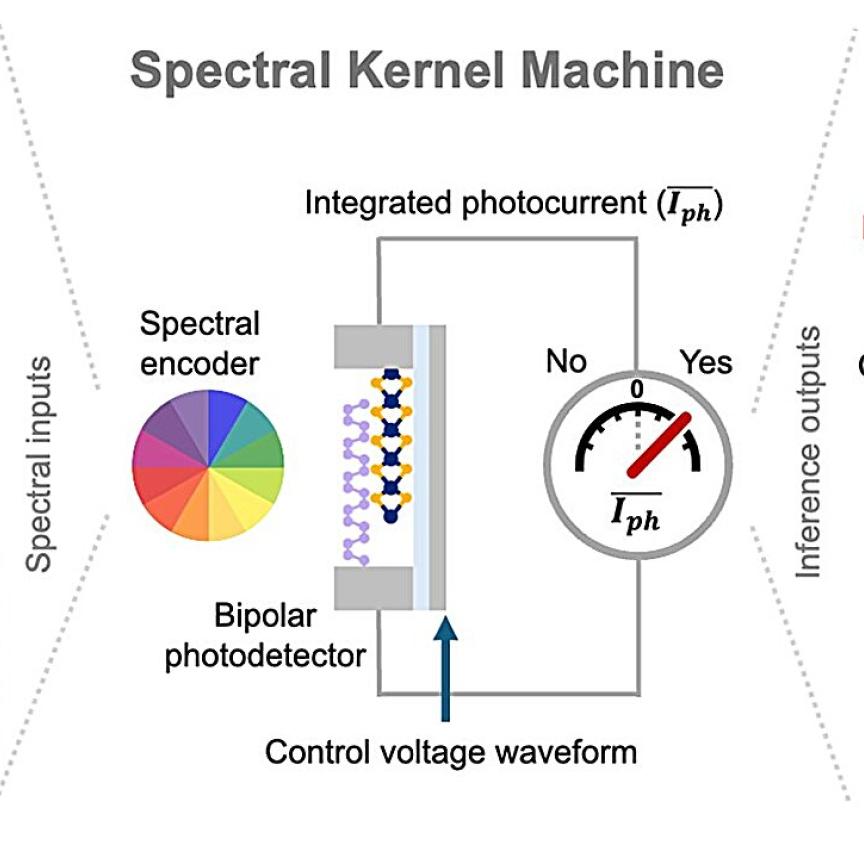Imec, the Belgian research hub, has shown its first shortwave infrared (SWIR) hyperspectral imaging camera at SPIE Photonics West in San Francisco.
Hyperspectral imaging in the SWIR range opens up applications in food sorting, waste management, machine vision, precision agriculture and medical diagnostics.
Imec’s SWIR camera integrates CMOS-based spectral filters on an InGaAs imager. The cameras feature both line scan ‘stepped filter’ designs with 32 to 100 or more spectral bands, as well as snapshot mosaic solutions that can capture 4 to 16 bands in real time at video-rate speeds.
Cameras with both USB3.0 and GigE interface are currently in the field undergoing qualification with strategic partners.
It is expected that more than half of commercial multi- and hyperspectral imaging applications need discriminative spectral data in the 1,000nm to 1,700nm SWIR range, according to Imec. The SWIR range provides valuable quantitative information about water, lipid and protein content of organic and inorganic matter. It also gives key discriminatory characteristics about plastics, paper, wood and many other material properties.
‘The InGaAs imager industry is at a turning point,’ said Jerome Baron, business development manager of integrated imaging and vision systems at Imec. ‘Imec’s objectives will be to advance this offering among the most price-sensitive volume markets for this technology.’
Imec was also demonstrating a new generation of its high-speed Snapscan hyperspectral camera at Photonics West. The camera uses an ultrasonic-speed piezo motor stage and software to acquire high resolution hyperspectral images in less than 200ms. The acquisition speed minimises motion artefacts in the image.
Andy Lambrechts, programme manager for integrated imaging activities at Imec, said: ‘We can now enable many more key applications such as digital pathology, wound healing, skin diagnostics and guided surgery.’
The Snapscan camera handles all scanning internally using the miniaturised ultrasonic piezo scanning stage, thereby excluding the need for external scanning movement.
The camera has a 7 megapixel spatial resolution and a spectral resolution of 150+ spectral bands over 470-900nm and 600-975nm.

